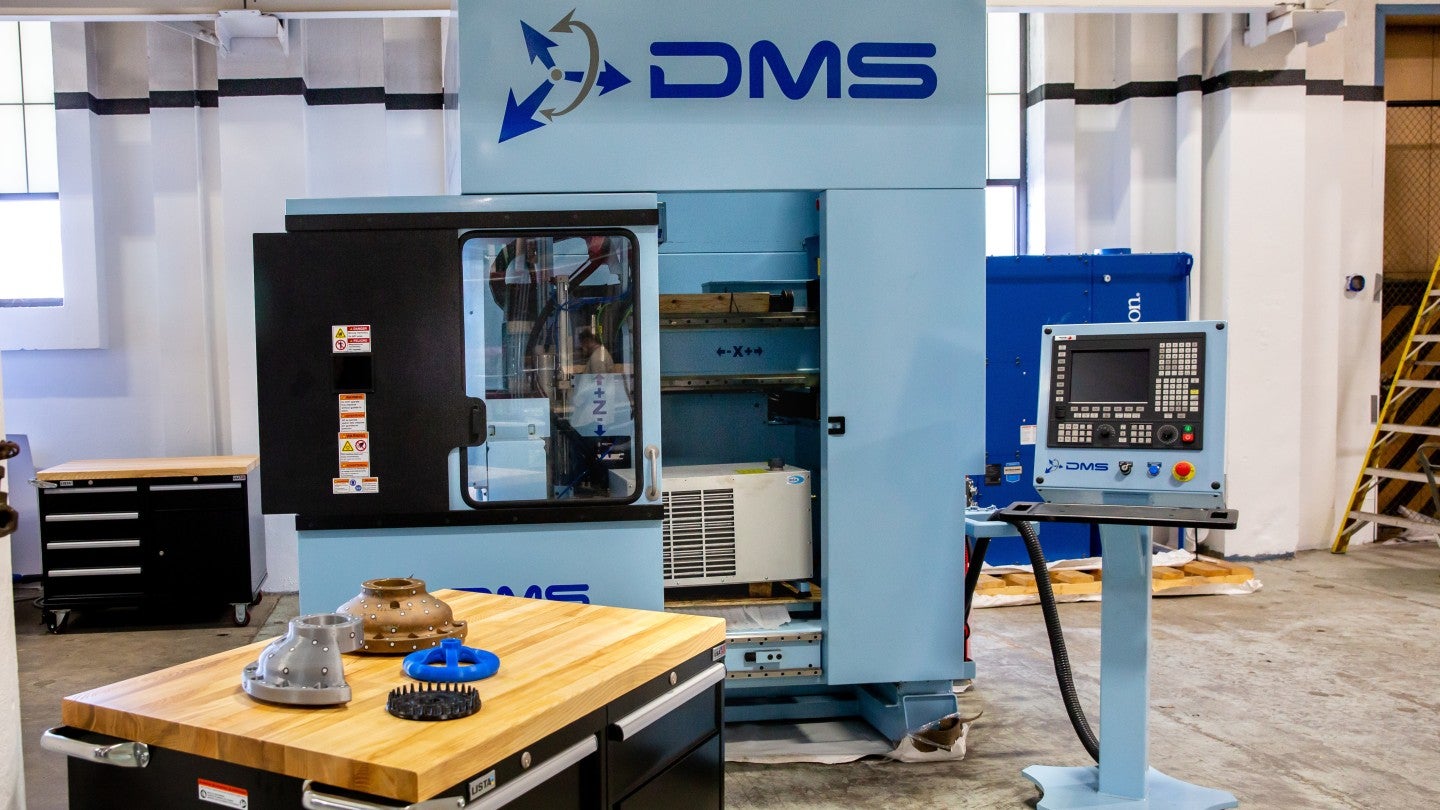
The US Naval Sea Systems Command (NAVSEA) has installed a new additive manufacturing (AM) 3D printer on the Virginia-class submarine USS New Hampshire (SSN 778).
The new Markforged X7 field edition printer is a polymer-based additive manufacturing system.

Discover B2B Marketing That Performs
Combine business intelligence and editorial excellence to reach engaged professionals across 36 leading media platforms.
It was developed by NAVSEA’s AM Research and Development Programme (NAVSEA 05T) in collaboration with Naval Surface Warfare Center (NSWC) Philadelphia, NSWC Carderock, and Naval Undersea Warfare Center (NUWC) Newport.
The new printer will help the US Navy sailors in repairing various equipment, including pipe leaks and enclosures for new electrics, in real-time.
Capable of printing high-durability carbon fibre reinforced nylon, the new printer allows sailors to maintain forward deployment and increases their self-sustainment capabilities.
This printer was chosen for installation on this Virginia-class attack submarine due to its ability to remain stable in simulated shipboard scenarios.

US Tariffs are shifting - will you react or anticipate?
Don’t let policy changes catch you off guard. Stay proactive with real-time data and expert analysis.
By GlobalDataAccording to SSN 778’s crew, the onboard members did not receive any in-person training on this new Markforged X7 printer but rather learnt using the provided documentation.
It allowed sailors to independently set up a 3D printer and its print parts along with conducting general maintenance, calibration and troubleshooting issues.
The detailed instructions were produced by the engineers from NUWC Newport, NSWC Philadelphia and Carderock, based on learning experiences from previous 3D printer installs.
NAVSEA AM assistant programme manager Lewis Shattuck said: “This system can be used to produce most of the currently approved Technical Data Packages that are available for sailors on the Joint Technical Data Integration site.
“These parts have been identified by NAVSEA engineers and fleet to address a variety of needs including standard or preventative maintenance, temporary replacements, quality of life products, drill props, tools and fixturing.”
Last year, the US Navy’s Wasp-class ship USS Bataan received its first permanent 3D printer.





